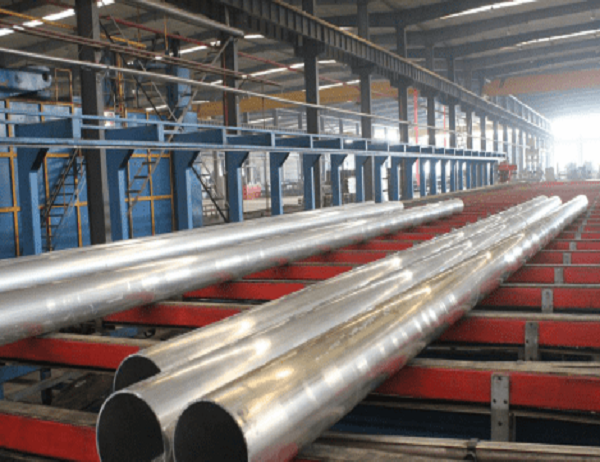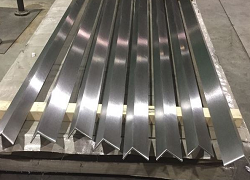The future of aluminum alloy pipes is bright, with new trends and innovations emerging all the time. These pipes are becoming increasingly popular in a wide range of applications, from automotive and aerospace to construction and energy. Here are a few of the key trends and innovations that we can expect to see in the future of aluminum alloy pipes:
One of the key trends in the future of aluminum alloy pipes is the development of pipes with increased strength and durability. This is being achieved through the use of new alloys and manufacturing techniques. For example, recent advances in grain refinement have led to the development of aluminum alloy pipes with significantly improved strength and toughness. These pipes are able to withstand higher pressures and temperatures, making them ideal for use in demanding applications such as oil and gas pipelines.
Another key trend in the future of aluminum alloy pipes is the development of pipes with improved corrosion resistance. This is being achieved through the use of new coatings and surface treatments. For example, recent advances in anodization have led to the development of aluminum alloy pipes with significantly improved corrosion resistance. These pipes are able to withstand harsh environments, making them ideal for use in applications such as marine environments and chemical processing.
Another key trend in the future of aluminum alloy pipes is the development of pipes with reduced weight. This is being achieved through the use of new design techniques and manufacturing processes. For example, recent advances in hydroforming have led to the development of aluminum alloy pipes with significantly reduced weight. These pipes are ideal for use in applications where weight is a critical factor, such as in automotive and aerospace applications.
Another key trend in the future of aluminum alloy pipes is the development of pipes with increased thermal conductivity. This is being achieved through the use of new materials and manufacturing techniques. For example, recent advances in the use of carbon nanotubes have led to the development of aluminum alloy pipes with significantly increased thermal conductivity. These pipes are ideal for use in applications where thermal conductivity is critical, such as in heat exchangers and condensers.
In addition to the trends and innovations mentioned above, we can also expect to see new applications for aluminum alloy pipes in the future. For example, aluminum alloy pipes are being increasingly used in the development of lightweight and fuel-efficient vehicles. They are also being used in the construction of sustainable buildings and in the development of renewable energy systems. As the demand for aluminum alloy pipes continues to grow, we can expect to see even more new and innovative applications for these versatile materials.



